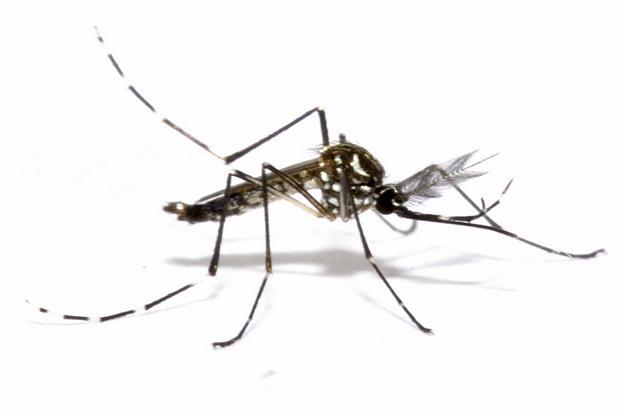What is Chikungunya?
Apr 19, 2022
Chikungunya virus is an arthropod-borne alphavirus transmitted by mosquitoes that cause acute febrile polyarthralgia and arthritis. It is a disease that is gripping numerous nations all over the world. With no vaccination available for prevention it is imperative to keep your surroundings clean to avoid breeding of the mosquitoes. Moreover, it is important to know about the signs and symptoms so that you can detect abnormalities at the earliest and seek specialized medical expertise at the earliest.

Transmission of Chikungunya through the mosquito bites:
Chikungunya virus is transmitted to the people primarily via the mosquito bites. The major chikungunya virus mosquito vectors are Aedes aegypti and Aedes. They bite primarily during the day but also at night. These mosquito vectors are also capable of transmitting Zika virus and dengue virus. Transmission of chikungunya virus can also occur via the maternal-fetal transmission as well as blood products and organ transplantation.
- Following an incubation period of 3 to 7 days (range 1 to 14 days), clinical manifestations of chikungunya begin abruptly with high fever.
- Polyarthralgia (joint pain) begins two to five days after onset of fever and commonly involves multiple joints (often 10 or more joint groups).
- Arthralgia (pain in the joint) is usually bilateral and symmetric and involves distal joints more than proximal joints.
- The most common skin manifestation is macular or maculopapular rash (usually appearing three days or later after onset of illness and lasting three to seven days).
- Additional manifestations may include a headache, myalgia (pain in the muscles), and gastrointestinal symptoms.
Transmission of Chikungunya through the Maternal –Fetal route :
- The risk of maternal-fetal virus transmission is highest when pregnant women are symptomatic during the intrapartum period (two days before delivery to two days after delivery); during this period, vertical transmission occurs in approximately half of patients.
- Clinical manifestations of neonatal infection occur three to seven days after delivery and include fever, rash, peripheral edema, neurologic disease (meningoencephalitis, cerebral edema, and intracranial hemorrhage), and myocardial disease.
- Laboratory abnormalities include elevated liver function tests, reduced platelet, and lymphocyte counts, and increased prothrombin time.
Diagnosis and Treatment of Chikungunya:
- The diagnosis of chikungunya virus infection should be suspected in patients with acute onset of fever and polyarthralgia (joint pain) and relevant epidemiologic exposure (residence in or travel to an area where mosquito-borne transmission of chikungunya virus infection has been reported).
- The diagnosis of chikungunya is established by detection of chikungunya viral RNA via real-time reverse-transcription polymerase chain reaction (RT-PCR) or chikungunya virus serology.
- Testing for dengue virus infection and Zika virus infection should also be pursued.
- There is no specific antiviral therapy for treatment of chikungunya virus infection. Treatment consists of supportive care and can include rest, fluids, and anti-inflammatory and analgesic agents.
Note : Prevention is important against Chikungunya
There is no vaccine for prevention of chikungunya virus infection. Hence prevention consists of minimizing mosquito exposure. Individuals with chikungunya may reduce spread of infection to others by following precautions to avoid mosquito bites during the first week of illness (the likely window of viremia).









